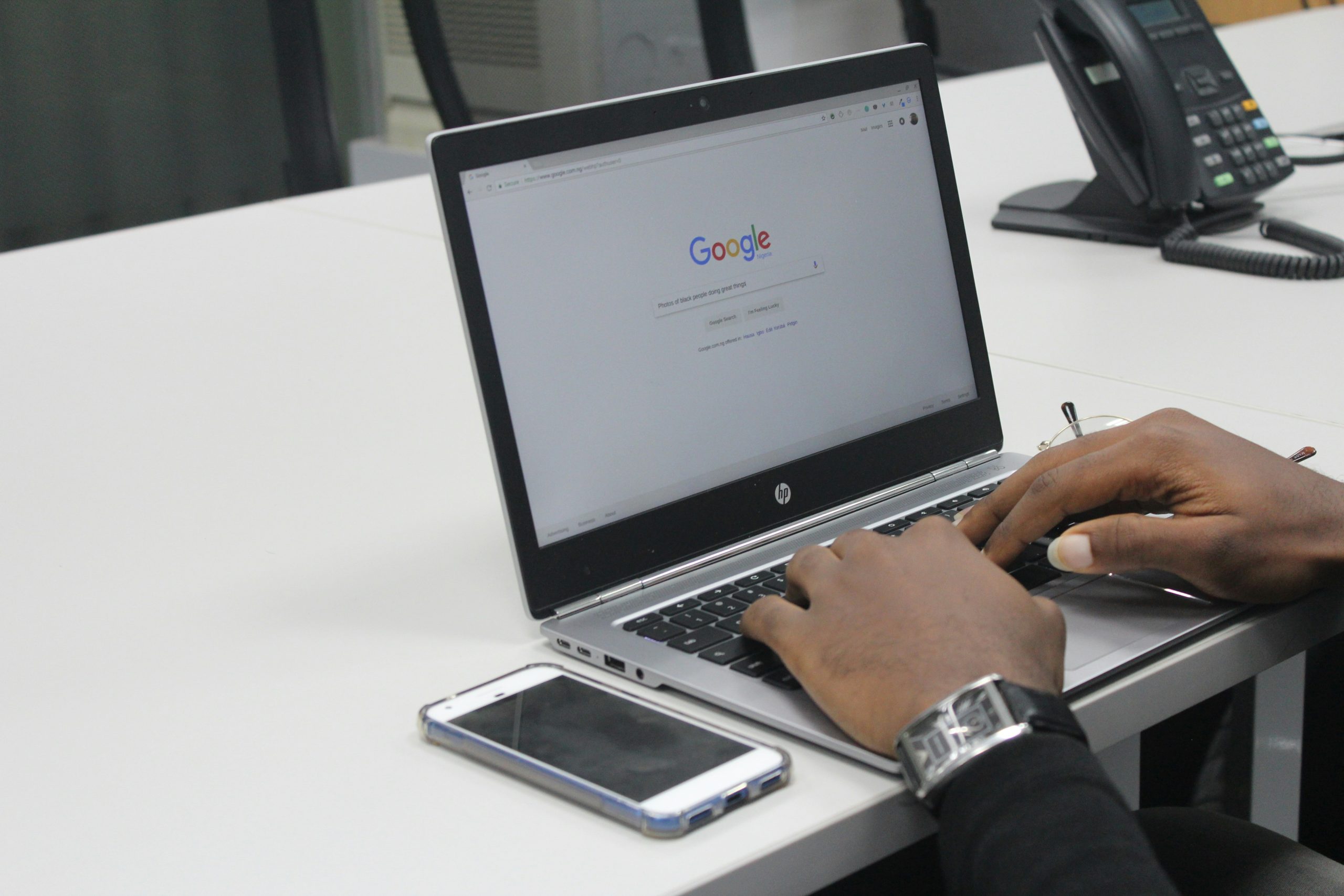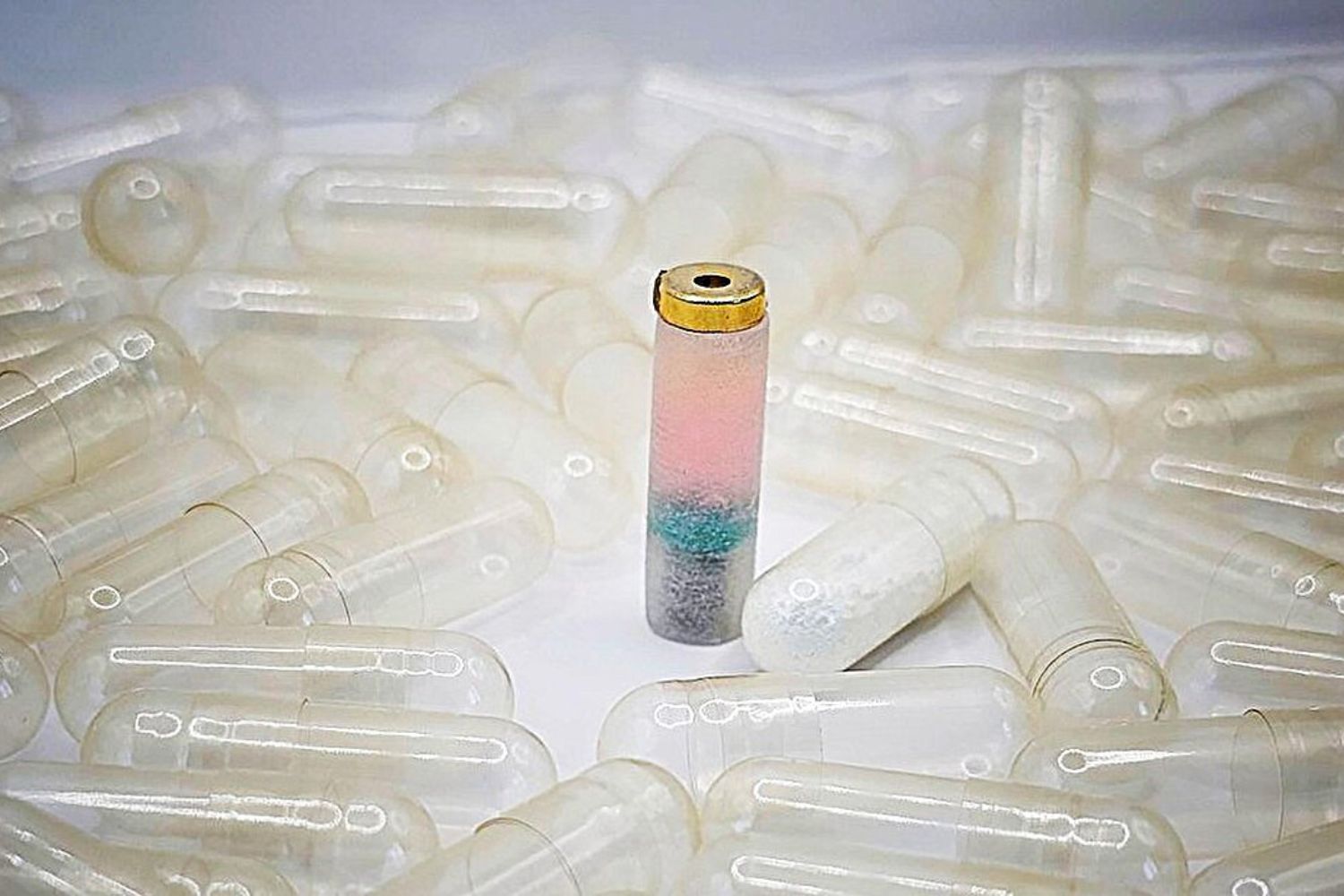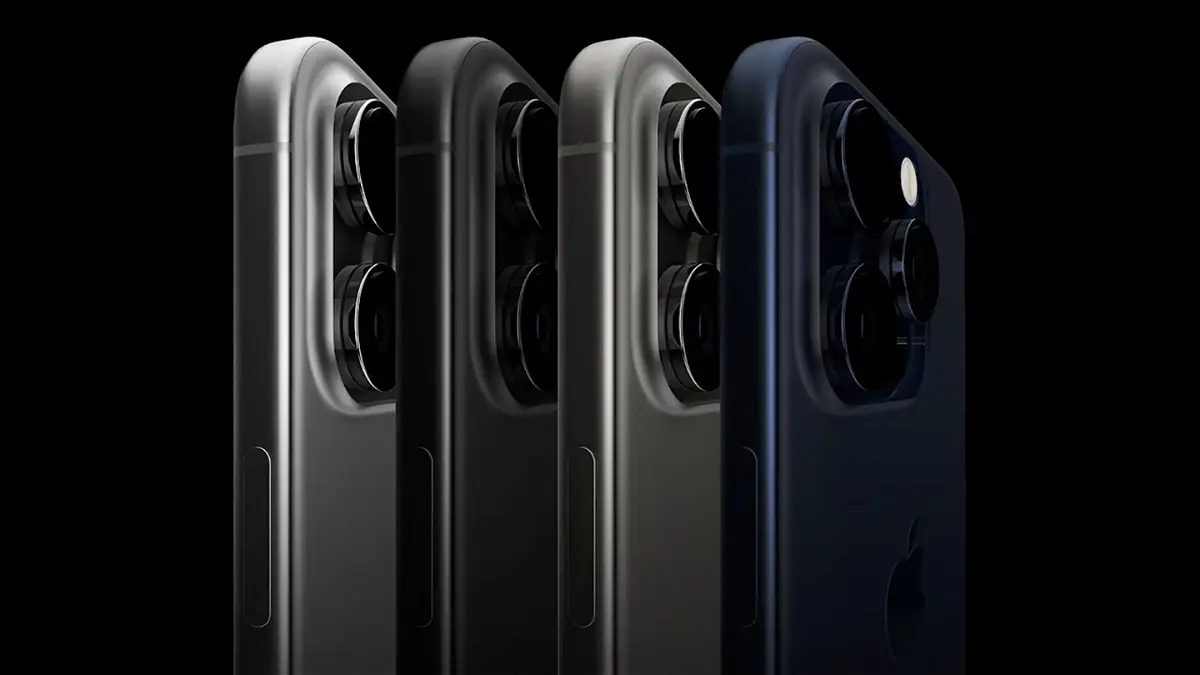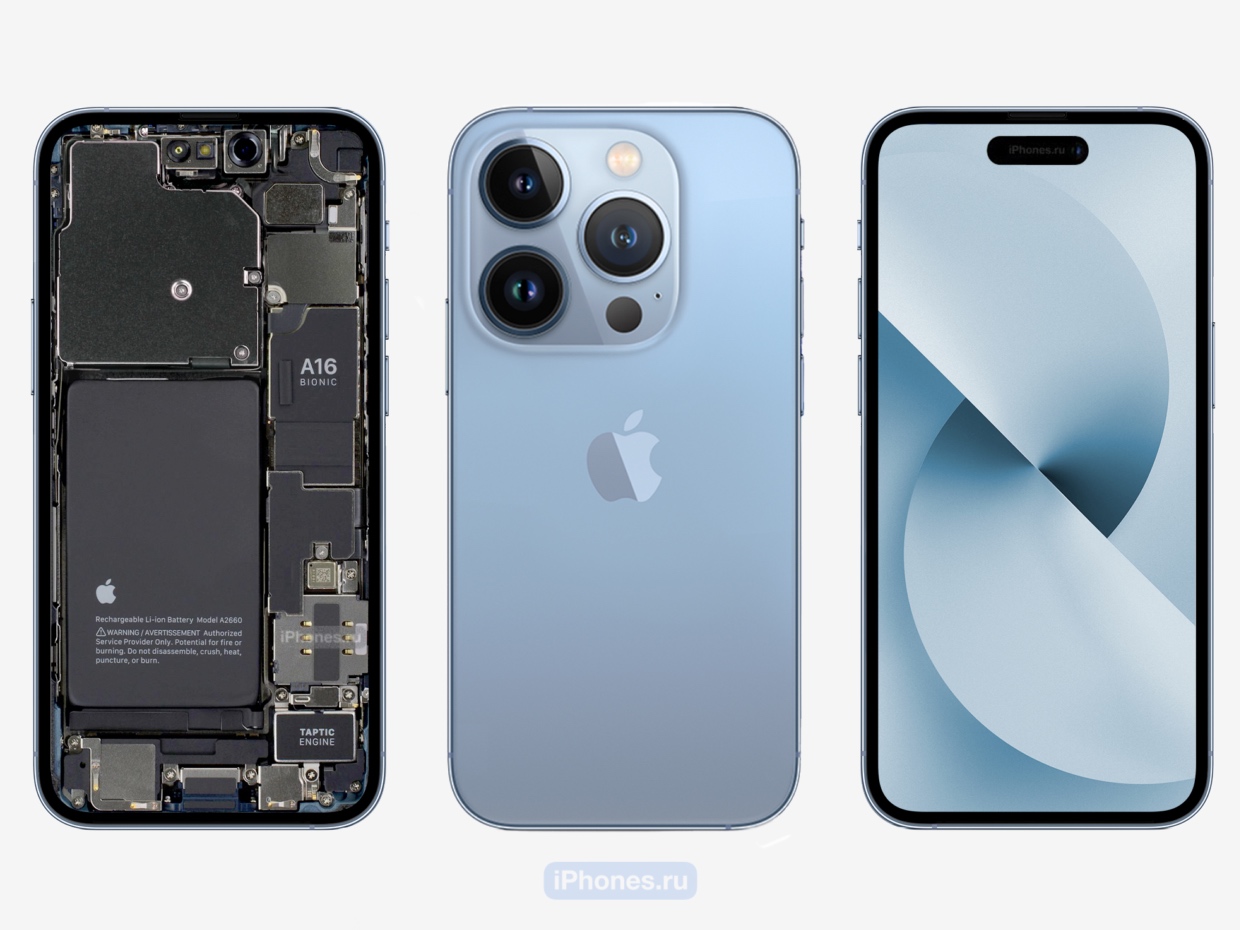The impression is no longer what it was. Printing with ink on a piece of paper is too simple compared to the latest advances in printing. Thanks to 3D printers, everything from a hamburger to teeth can be printed. Bioink can be used to regenerate damaged tissue. There are endless biomedical applicationsin which the imprint takes on a completely different identity than the one we are used to. However, this technology is in its infancy and still has a lot of development to do. For example, it can sometimes be difficult to get bioprinters to where printing is needed, so a team of scientists from Federal Polytechnic School of Lausanne, developed in Switzerland ingestible printer, which is taken in tablet form and sent directly to where it needs to be printed.
At the moment they have achieved regenerate damaged tissue in the laboratoryand also directly to Rabbit digestive system. It has not been tested on humans, but the results are very positive.
If this ingestible bioprinter proves equally useful in humans, it could repair tissue from all types of digestive systems. from ulcers to hemorrhages. How now to get to your destination? And just as importantly, what exactly will you do once you achieve it?
How do bioprinters repair tissue?
Bioprinters are devices loaded with bioink. This usually consists of biodegradable polymersoriginating from algae that are deposited in the desired area, forming a kind of scaffold on which new cells can multiply.
In the digestive system, bioprinters can be very useful for tissue restoration for ulcerative lesions. They may also help stop bleeding. But there is a big problem. Typically, patients need to be opened up and connected to the machine, which requires quite complex and invasive procedures. Therefore, these Swiss scientists believed that the problem could be solved by ingestible bioprinter.
How does this curious pill work?
Research into nanoparticles has repeatedly led to the development of capsules filled with drugs that can be directed externally away from the body using a magnet or laser beam. This depends on whether they are magnetic or responsive to light of a chosen wavelength. This mechanism has been studied a lot, especially for administering chemotherapy while avoiding some of its side effects.
With this knowledge, the authors of a study published in September thought they could create a combination. What if a bioprinter was placed inside a tablet?
It made so much sense that they got it. They used a tablet containing alginate. It is a polysaccharide from algae that is widely used as a bioink. However, they also took the opportunity to add cells that would join those that normally proliferate in damaged tissue, and growth factors that would promote this proliferation.
The ingestible bioprinter does not use any cable system, but can be controlled using a magnet. This is what allows it to pass through the digestive system to the area where tissue needs to be repaired. Once there, The bioink lays down the shape and the cells create new tissue.
In early tests, the bioink could be stored for 16 days, a more than acceptable amount of time to give the cells time to begin covering the area. Without a doubt, this is a very promising option, although, as we expected, there are many challenges ahead. If it can finally be applied to humans, it will be a major milestone in the field. regenerative medicine.
Source: Hiper Textual













